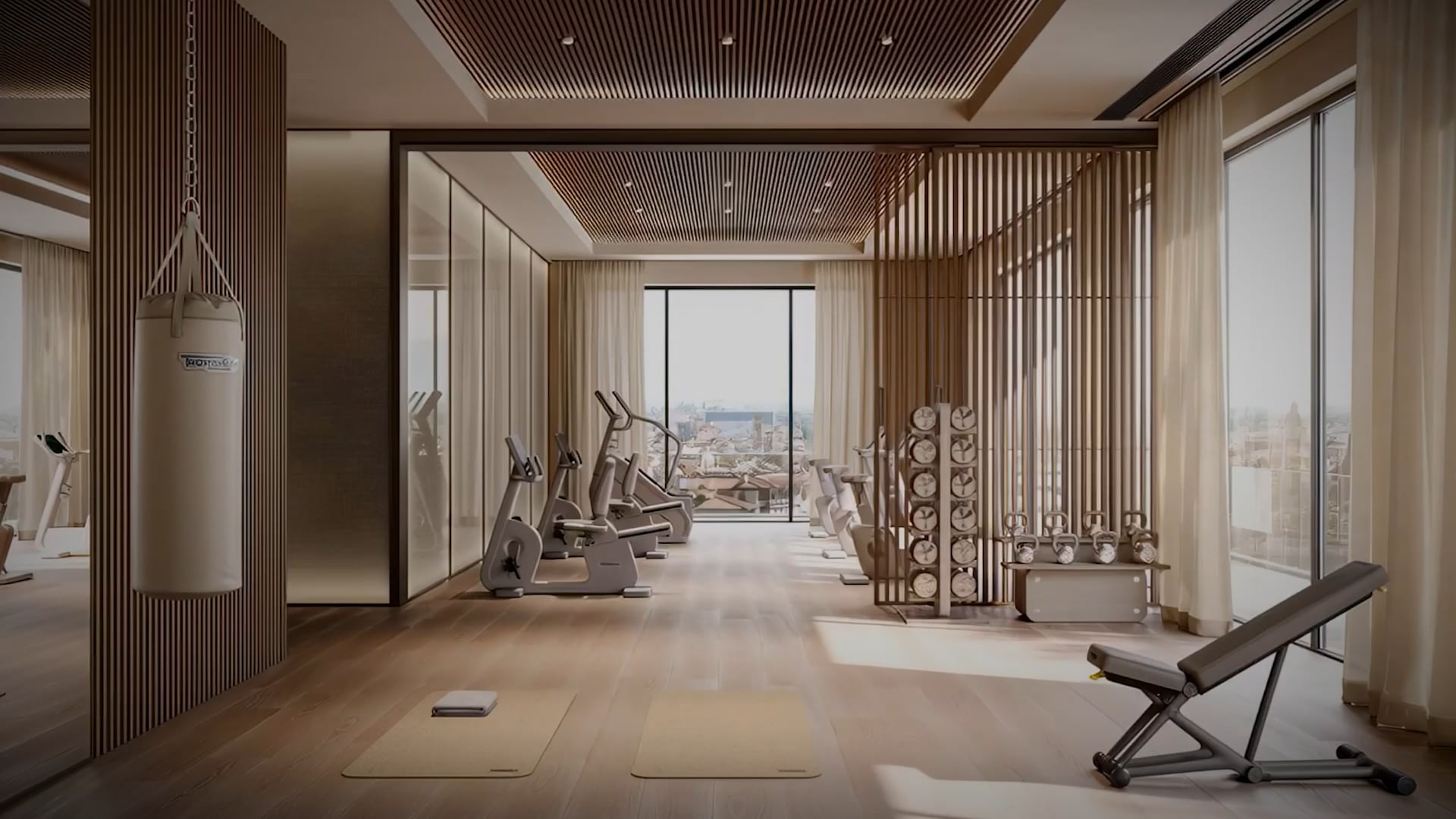Силовая скамья

Need help?

Technogym Bench

Bench Personal

Adjustable Bench

Adjustable Bench Pure Strength

Inclined Bench

Olympic Incline Bench Pure Strength

Vertical Bench

Ghd Bench Pure Strength

Crunch Bench

Adjustable Decline/Ab Crunch Pure Strength

Lower Back Bench

Lower Back Bench Pure Strength

Scott Bench

Scott Bench Pure Strength

Flat Bench Pure Strength

Leg Raise Dip

Horizontal Bench

Olympic Flat Bench Pure Strength

Olympic Military Bench Pure Strength

Ab Crunch Bench

Olympic Decline Bench Pure Strength

Kneeling Easy Chin Dip

Chin Up / Dip / Leg Raise
НДС И УСТАНОВКА ВКЛЮЧЕНЫ
НДС и доставка включены в цену. Для оборудования, которое требует этого, наша местная команда позаботится об установке и настройке.
ПЛАТИТЕ ЕЖЕМЕСЯЧНО
Платите удобными ежемесячными платежами. Свяжитесь с нашими экспертами, чтобы узнать больше о наших финансовых решениях.
ВАШИ НАДЕЖНЫЕ ЭКСПЕРТЫ
Мы поможем Вам выбрать идеальные продукты для Вас и Ваших целей, оптимизировать пространство Вашего домашнего спортзала и ответить на любые вопросы. Свяжитесь с нами сегодня.
Продукция и услуги на территории Российской Федерации поставляются дочерней компанией Technogym, АО «ТЕХНОДЖИМ» г. Москва, ул. Верейская, 29с134, офис В211. | Идентификационный код: 7731585654
